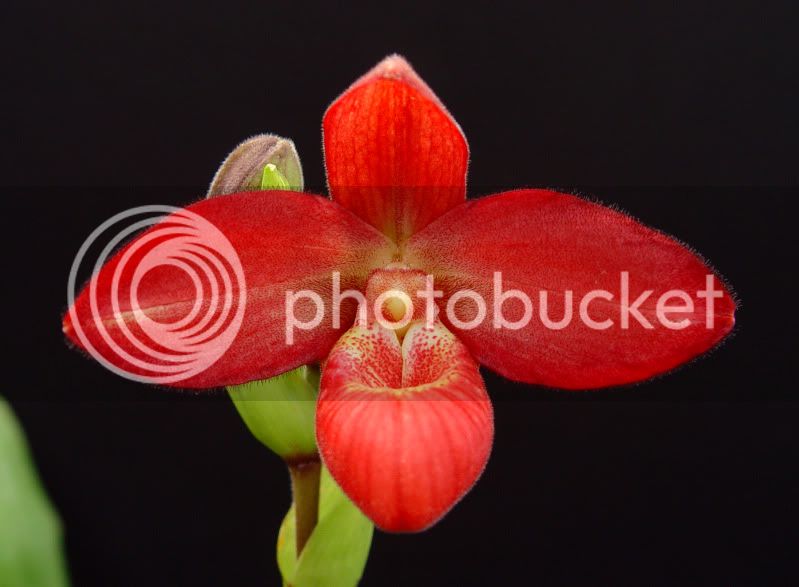D
Drorchid
Guest
For me, by sibling two MDC’s you show me than the result is going to be something between a Jason Fischer and a Jerry Dean Fischer. And I do agree to that!
But what is going to be the improvement in hybridization?
Why not simply use a FCC MDC with a better or an FCC besseae or sargentianum?
I agree that would be a good way as well to improve a MDC. The reason I did not do that because I did not have a FCC sargentianum (otherwise I would have) and #2 I have a background in breeding, so just wanted to try out this technique to see if the flowers would improve, and they did! Line Breeding is a technique a lot of breeders, including animal breeders use to improve their lines.
By crossing them back with besseae, sorry I will not call it a Jason Fischer anymore… It’s going to be something between a Scarlet O'Hara and MDC…
Even though it may look like something between a Scarlet O'Hara and a MDC, When I cross a 3rd generation line bred Memoria Dick Clements with a besseae it will still be called a Phrag. Jason Fischer! If we would start calling it something else the rules of naming hybrids would get too complicated. When we originally made Scarlet O'Hara we crossed a 4N besseae with a 2N Jason Fischer, it looked very different from when we crossed a 2N besseae to a 4N Jason Fischer, but they were all 3N Scarlet O'Hara's, just because Jason Fischer x besseae = Scarlet O'Hara.
Robert




